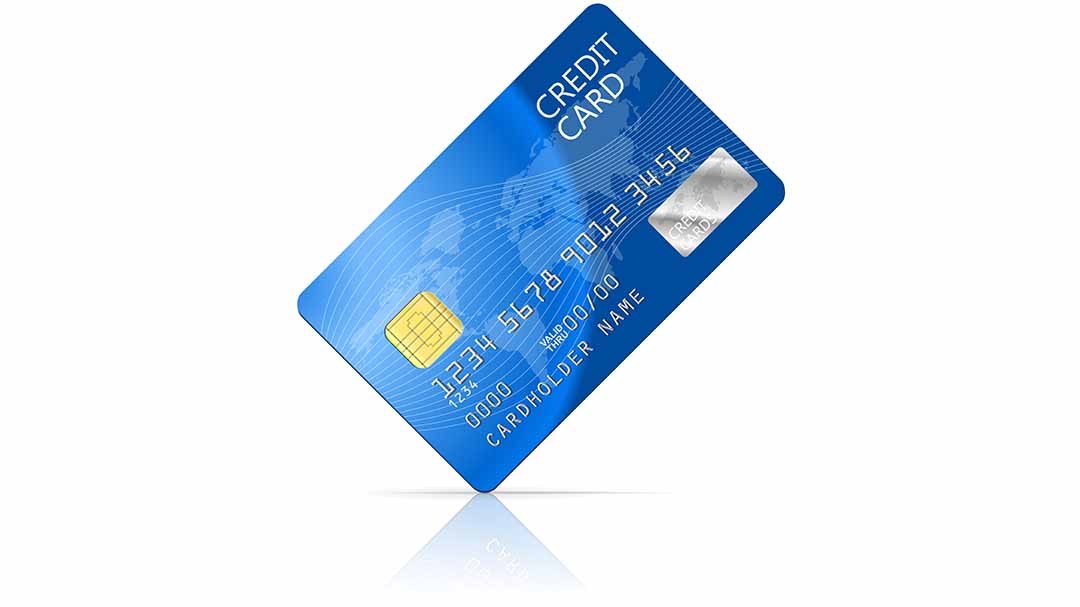Let’s face it, fraud sucks.
Can we say that out loud?
Fraudsters everywhere are making money hand over fist scamming business owners just like you. It’s a game to them. It’s fun. To them, you’re just another faceless small business owner with a fat bank account that can afford it. They don’t care or know if that’s actually true and they don’t give a rat’s nether region either.
Fraud sucks and the worse kind of fraud is friendly fraud.
Friendly Fraud?
Yep. Friendly fraud.
I know the term includes two words you never thought you’d hear in the same sentence, but it’s real. Friendly fraud is when a customer makes a claim that on it’s face seems like a viable claim to the credit card company. And, since the perpetrator of the fraud is a customer of the credit card company, the credit card company does everything in their power to defend the customer.
What’s Friendly Credit Card Fraud?
The easiest way to explain it is to give you an example:
John wants a new G.I. Joe with the kung fu grip. He heads over to your online store where you sell vintage toys and buys one for $125.00. GREAT! You knew someone would want it and they did. It’s off your shelf and the 10 bucks you paid for it at the garage sale was well worth it.
Until it’s not.
You see John had a plan.
He was going to order the G.I. Joe with the kung fu grip and when he received it his plan was to call his credit card company and dispute the charge. You just happened to be the first person he found and now you’re left holding the bag. You see, the credit card company just took back the $125.00 directly from your bank account and charged you a $65 charge back fee that you couldn’t cover so the bank just charged another $29.00 insufficient fund fee.
Yay! Lucky you.
That’s friendly fraud.
Why is it Called Friendly Fraud?
It’s called friendly because any real and loyal customer may have a viable reason to get their money back. Maybe it’s a returned item. Maybe the item never made it. Maybe it was damaged. Maybe the order was canceled and not caught in time. There are any number of reasons.
The point being, it’s hard to determine what a real claim and a fraudulent claim is. After all, there are millions of transactions every year where something goes wrong, and the customer is entitled to a refund.
What Are Common Friendly Fraud Claims?
Some of the claims fraudsters may use when contacting their credit card company include the following:
- The item wasn’t delivered
- The item doesn’t match the online description
- The item was returned but the refund was never processed
- They canceled the order but the item was sent anyway
- They don’t remember buying the item so the card must be compromised.
Great. Now that you know what some of the common fraudulent claims are, you probably want to know how to protect yourself. We’re getting to that, but I want to first reiterate that most of the times these claims are valid and that’s what makes this a very difficult type of fraud to combat especially for large merchants.
How Can I Help Prevent Friendly Credit Card Fraud?
Glad you asked!
Here are 4 tips you can use to avoid friendly fraud:
- Require a signature upon delivery to verify the customer received the order. Having a paper trail that shows the product was ordered and delivered will help when working with the credit card company and hopefully give pause to the fraudsters.
- Your refund policy should be clearly displayed on your website and be easily available to the customer. Make sure your refund policy states that a refund is issued when the item is returned and specify a period of time for return.
- For returns, be sure to issue return labels with tracking information so there is a paper trail documenting the return. Providing a paper trail that confirms the customer did or did not return the item is important. You can also include an email and online account order history that clearly shows all transactions.
- Collect as much customer information as you can. Having a customer database that includes order history, delivery dates, and call logs with your customer service representatives is a great way to deter fraudsters. If they know you’re being vigilant they will look elsewhere for a victim.
Yes. Friendly Credit Card Fraud is a thing and you can help prevent it from happening to you. Follow these simple steps and keep your house in order – fraudsters go after the easy targets.
Now please send me the link to the G.I. Joe with the kung fu grip because my husband is a 55 year old child and would love it.




 Here is how the new technology cards work: Rather than a magnetic strip, EMV uses a microprocessor chip embedded in the card.
Here is how the new technology cards work: Rather than a magnetic strip, EMV uses a microprocessor chip embedded in the card.